As you may recall, we did a survey a few weeks back, and we promised to let you know the results of that survey. So, here they are.
There were a total of 45 responses; geographically, they look like this:
That seems about right – most Ayrstone users are in the Midwest, with the East, West, and South coming up behind. I had expected the South to be better-represented, but I think we were too close to planting season there. Thank you to the users who provided specific locations – we didn’t ask, but we appreciate the information.
This one turned out to be a bit of a surprise:
We had actually expected a majority of users to be raising row crops – it was surprising to see so many folks doing livestock production. This, of course, is why we ask – if we knew all the answers, we wouldn’t have to. Individual write-in responses here were “Do not farm,” “Recreational prop,” “Hoa security,” and “1.”
OK, this is our survey, and we make WiFi – the surprising part of this is that, apparently, 6.7{6d84e97b9d70a88c7827a68919bdc428927c26a1a62ff29e804188d6763d834c} of the folks are not aware of WiFi. That’s… interesting. We really did want to see how aware of other Wireless Farm Networking technologies people are.
This is about as expected. Not all the recipients of the survey are current Ayrstone customers, so not all of them have outdoor WiFi. It’s quite interesting that everyone in the AgTech industry is talking about LoRaWAN, but nobody out in the field seems to be using it. It was also interesting to see that 4 people indicated they had private cellular coverage – we’d love to talk to you more about that.
This is about what we expected. Should we have included other options? Past surveys and conversations have reflected that these are the major current uses, and we expect that Robotics and farm automation will become a major driver for wireless networks on the farm.
Now, this we found interesting. We have known for a while that security continues to be a concern for farmers, but this is fairly overwhelming. We are always on the lookout for good security devices that are suitable for the rural environment, and we’re continuously disappointed at how few good options there are. We’re going to really look harder in the coming months and see if we can’t find (or even build) better security products for our customers.
Finally, we just wanted to give everyone a chance to tell us whatever they have on their minds that we didn’t ask. Sometimes this leads to interesting insights:
Is there anything else you’d like to tell us about Wireless Farm Networking? 3 responses
- I’d like to expand uses but at present time I’m limited.
- would add cameras to barn if we had expanded coverage
- no
So, there you have it. We are very grateful to all the people who took the time to respond – I hope you agree that the responses are interesting.
We enjoyed putting this survey together and getting the responses, and Google’s survey tool make it very easy and efficient – we’re grateful to Google, and we’d like to do more surveys like this in the future.
What do you think? If you have any ideas, complaints, or comments you really want to share with us, please send them to [email protected] – we really do enjoy hearing from you! Are there products or services you’d like to see us bring to market? Should we do more surveys like this (and share the results)? Should we have done another April 1 prank? Let us know!

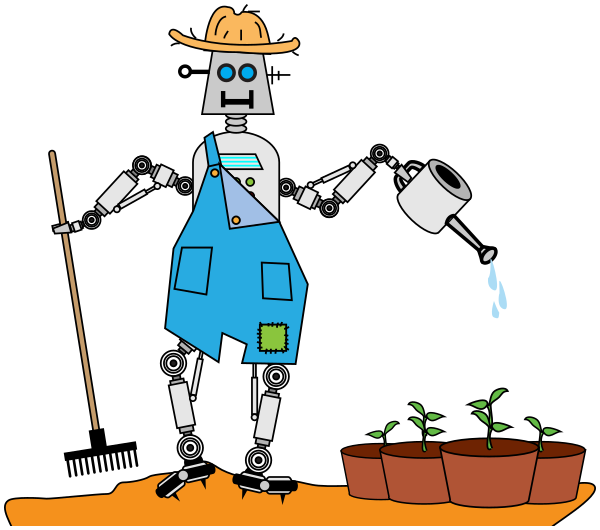

 The new AyrMesh Hub2x2
The new AyrMesh Hub2x2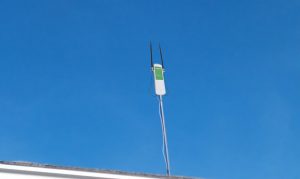
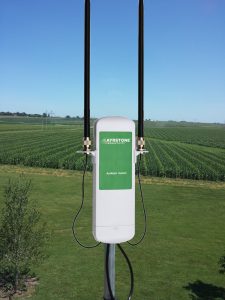
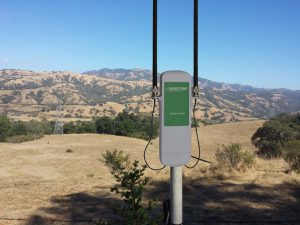
 We are pleased to introduce the new model of the
We are pleased to introduce the new model of the  The ability to mount the Receiver on a flat surface (without additional hardware) is a feature that many users requested over the years, and the ability to add an outdoor PoE device will, we think, enable our customers to enhance security and operational awareness.
The ability to mount the Receiver on a flat surface (without additional hardware) is a feature that many users requested over the years, and the ability to add an outdoor PoE device will, we think, enable our customers to enhance security and operational awareness.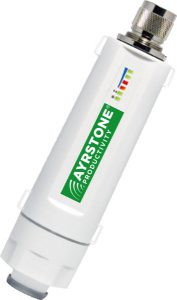 The other interesting change is the addition of a “gland” on the bottom of the radio. This gland makes it a bit trickier to install the Hub, but it protects it from water splashing up from below. This addresses concerns we have heard from some livestock operators who want to put Hubs near livestock pens or in milking parlors or farrowing houses, but worry about having to spray water around the Hub. We still don’t recommend spraying water directly up at the Hub, but this Hub will better withstand inadvertent sprays of water from below.
The other interesting change is the addition of a “gland” on the bottom of the radio. This gland makes it a bit trickier to install the Hub, but it protects it from water splashing up from below. This addresses concerns we have heard from some livestock operators who want to put Hubs near livestock pens or in milking parlors or farrowing houses, but worry about having to spray water around the Hub. We still don’t recommend spraying water directly up at the Hub, but this Hub will better withstand inadvertent sprays of water from below. I have a Google Alert for “Wireless Farm” – I get about an article a week (and many of them are about wireless technologies for “server farms” and other odd things). But today I got a link to this article about “
I have a Google Alert for “Wireless Farm” – I get about an article a week (and many of them are about wireless technologies for “server farms” and other odd things). But today I got a link to this article about “ On Monday, April 1, 2017, Congress passed and President Trump signed a bill to repeal rules that require ISPs to get your permission before selling information about your online habits. You can read more about it at
On Monday, April 1, 2017, Congress passed and President Trump signed a bill to repeal rules that require ISPs to get your permission before selling information about your online habits. You can read more about it at 